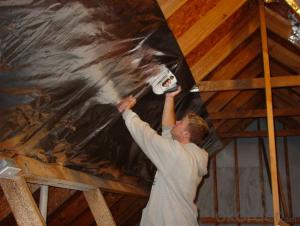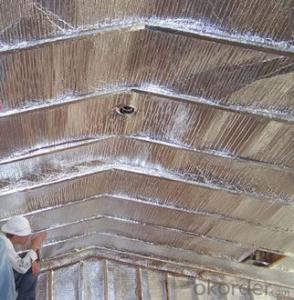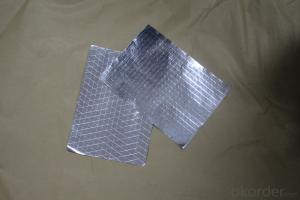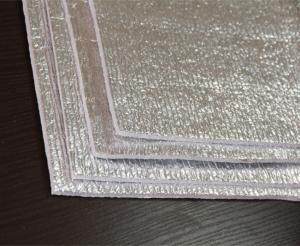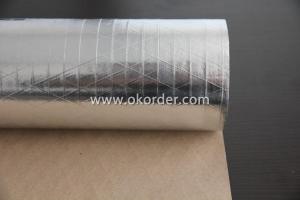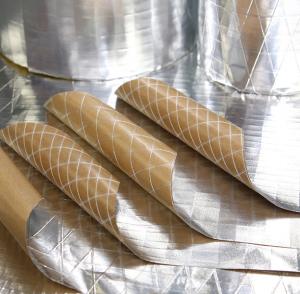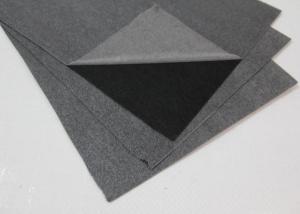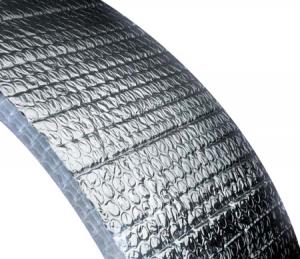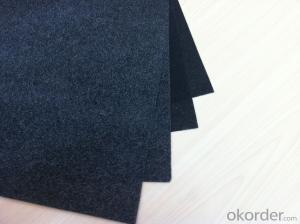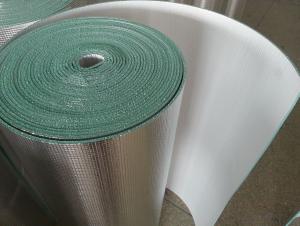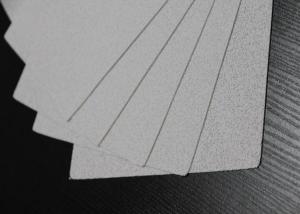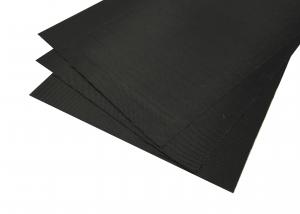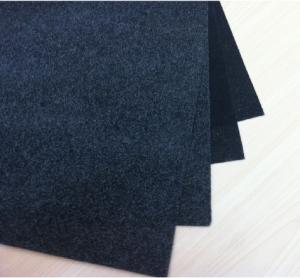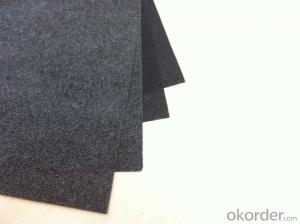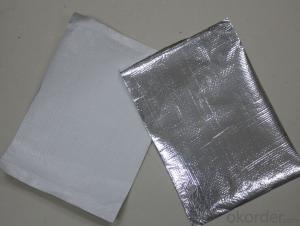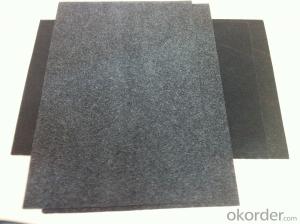flexible ducts bubble save your energy
- Loading Port:
- China Main Port
- Payment Terms:
- TT OR LC
- Min Order Qty:
- -
- Supply Capability:
- -
OKorder Service Pledge
OKorder Financial Service
You Might Also Like
Application:
1,Building Thermal Insulation Material
(1),Roof,Underlay,Under Concrete & floor Insulation;
(2),Attic,Crawl Space,Stud Wall ,Metal Frame Building Insulation.
2,Wrapping
(1),Protective coatings of ventilating pipe,HVAC Duct & Pipe;
(2),Shells of air conditioner and water heater.
Feature:
1), Waterproof, heavy duty, clean, light, flexible, non-absorbent surface
2), Fire resistant & antiglare
3), Recyclable, environmentally friendly
4), Effective in extreme temperatures both hot and cold
5), Easily install, cut, stapled, nailed or glued into place
6), Safe to handle with no special clothing or breathing Equipment
Feature:
1), Waterproof, heavy duty, clean, light, flexible, non-absorbent surface
2), Fire resistant & antiglare
3), Recyclable, environmentally friendly
4), Effective in extreme temperatures both hot and cold
5), Easily install, cut, stapled, nailed or glued into place
6), Safe to handle with no special clothing or breathing Equipment

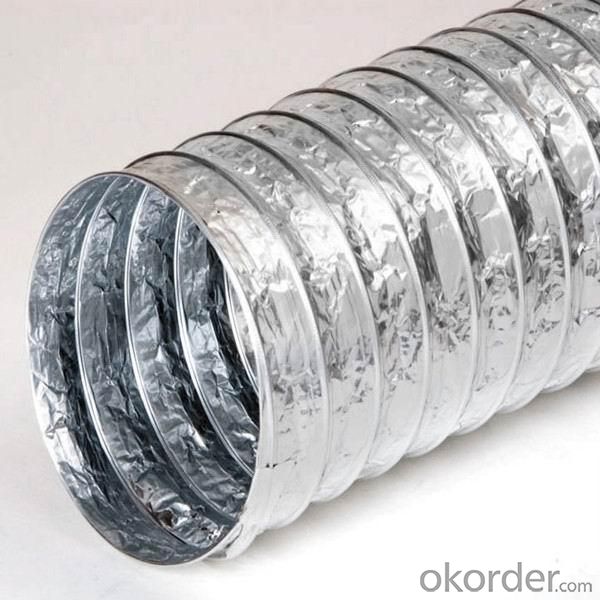


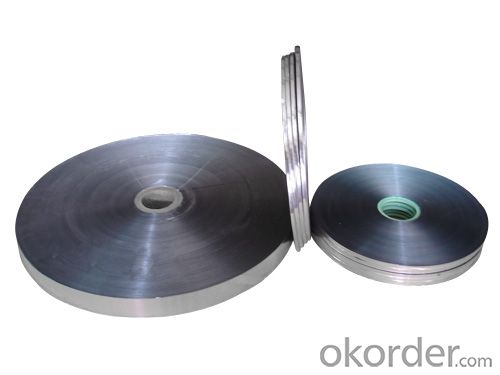


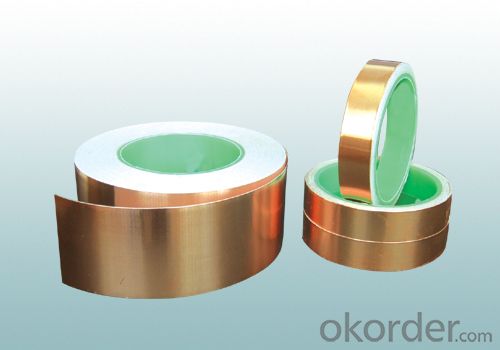
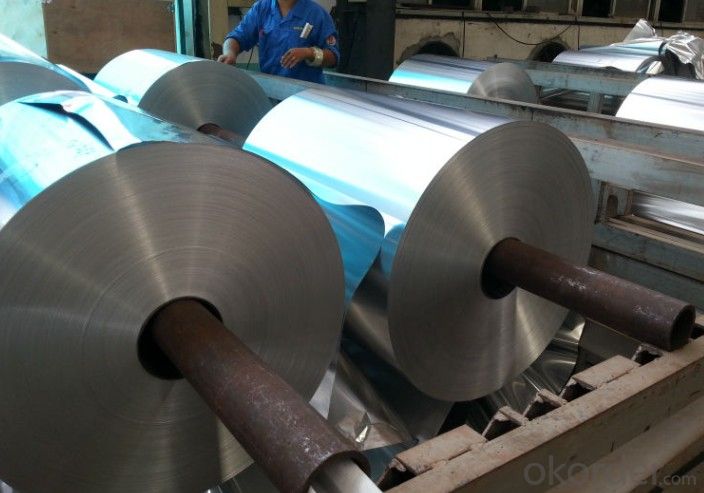

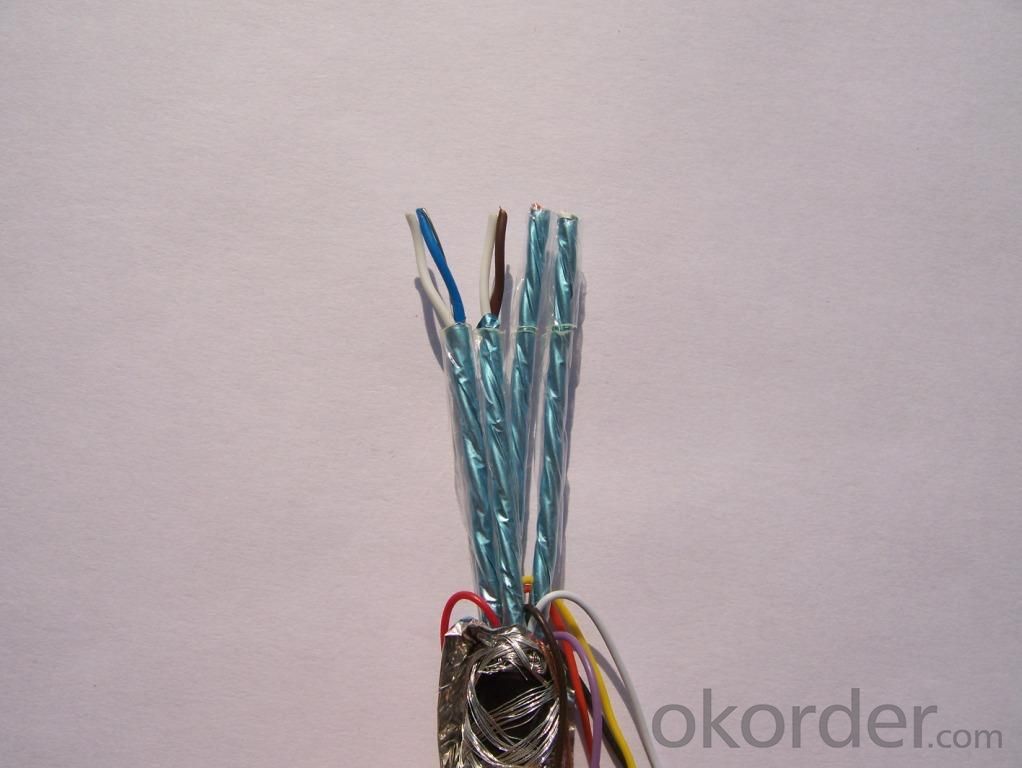
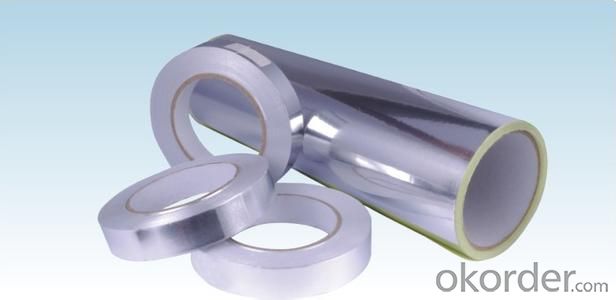
- Q:Is fiberglass facing fire-resistant?
- Yes, fiberglass is fire-resistant. It is made of glass fibers that do not burn and are therefore able to withstand high temperatures without igniting.
- Q:What is the typical thickness of fiberglass facing?
- The typical thickness of fiberglass facing can vary depending on the specific application and requirements. In general, fiberglass facing is available in thicknesses ranging from 0.5 millimeters to 2 millimeters. Thinner fiberglass facing, around 0.5 to 1 millimeter, is commonly used for lightweight and flexible applications such as insulation and acoustic panels. Thicker fiberglass facing, around 1.5 to 2 millimeters, is often used for more heavy-duty applications where higher strength and durability are required, such as in construction and industrial settings. It is important to consider the specific needs and specifications of a project to determine the appropriate thickness of fiberglass facing to ensure optimal performance and functionality.
- Q:Are there any health concerns associated with fiberglass facing?
- Yes, there are health concerns associated with fiberglass facing. Fiberglass is made up of tiny fibers that can become airborne when disturbed, such as during installation or removal. Inhalation of these fibers can irritate the respiratory system and cause symptoms like coughing, chest tightness, and difficulty breathing. Prolonged exposure to fiberglass fibers can also lead to a serious lung condition called fibrosis, where the lung tissues become scarred and stiff. Additionally, fiberglass can cause skin irritation and allergic reactions when it comes into direct contact with the skin. The small fibers can penetrate the skin, leading to itching, redness, and rash. To minimize the health risks associated with fiberglass, it is important to take precautions when working with it. This includes wearing protective clothing, gloves, goggles, and a respirator to prevent inhalation of the fibers. It is also crucial to properly clean up any fiberglass dust or debris to avoid further exposure. If you suspect that you have been exposed to fiberglass and are experiencing persistent respiratory or skin symptoms, it is recommended to seek medical attention for proper evaluation and treatment.
- Q:Does fiberglass facing help with soundproofing?
- Fiberglass facing is capable of aiding in soundproofing. Fiberglass possesses remarkable sound-absorbing capabilities, effectively capturing and diminishing sound waves. By utilizing fiberglass as a facing material, the soundproofing attributes of a wall or ceiling can be enhanced, minimizing noise transmission. The facing functions as a barrier, effectively preventing sound from traversing through, rendering it an efficient solution for reducing noise pollution in diverse environments, including residences, workplaces, studios, and industrial settings. Moreover, fiberglass is lightweight, simple to install, and can be effortlessly combined with other soundproofing materials to achieve superior outcomes.
- Q:How does fiberglass facing improve insulation?
- Fiberglass facing improves insulation by acting as a barrier that reduces heat transfer through conduction and radiation. It helps to trap air pockets within the insulation, enhancing its ability to resist heat flow. Additionally, the facing can provide a vapor barrier, preventing moisture from seeping into the insulation and compromising its effectiveness.
- Q:Can fiberglass facing be recycled?
- Yes, fiberglass facing can be recycled. Fiberglass is a type of reinforced plastic made from fine fibers of glass, and the facing is typically a thin layer of fiberglass. While recycling fiberglass can be more challenging than other materials due to its unique properties, it is still possible to recycle it. The recycling process involves shredding or grinding the fiberglass material into small pieces, which can then be used to make new products. However, it is important to note that the recycling infrastructure for fiberglass may not be as widespread or easily accessible as for other materials, so it is advisable to check with local recycling facilities or specialized fiberglass recycling companies to understand the specific recycling options available in your area.
- Q:What is the lifespan of fiberglass facing?
- The lifespan of fiberglass facing can vary depending on various factors such as quality, maintenance, and environmental conditions. However, on average, fiberglass facing can last anywhere from 20 to 50 years.
- Q:What is fiberglass facing?
- Fiberglass facing refers to a thin layer or sheet made of fiberglass that is used to cover or protect surfaces. It is commonly used in construction and insulation applications to provide strength, durability, and resistance to heat, moisture, and chemicals.
- Q:Is fiberglass facing resistant to moisture or water damage?
- Fiberglass facing, indeed, possesses remarkable resistance against moisture and water damage. This exceptional property arises from the composition of fine glass fibers interwoven to form a robust and enduring material. Absent any capacity to absorb moisture, these fibers bestow upon fiberglass facing a high degree of resilience, rendering it especially suitable for environments prone to water or moisture exposure, like bathrooms, kitchens, and outdoor spaces. Moreover, its resistance to mold and mildew growth further heightens its ability to endure moisture.
- Q:What is the glass fiber needle felt dust filter bag
- The needles were used to puncture the chopped fiberglass mats, and the fibers between the felt layers, the fiberglass between the felt layer and the reinforcing glass cloth were mechanically entangled
1. Manufacturer Overview |
|
|---|---|
| Location | |
| Year Established | |
| Annual Output Value | |
| Main Markets | |
| Company Certifications | |
2. Manufacturer Certificates |
|
|---|---|
| a) Certification Name | |
| Range | |
| Reference | |
| Validity Period | |
3. Manufacturer Capability |
|
|---|---|
| a)Trade Capacity | |
| Nearest Port | |
| Export Percentage | |
| No.of Employees in Trade Department | |
| Language Spoken: | |
| b)Factory Information | |
| Factory Size: | |
| No. of Production Lines | |
| Contract Manufacturing | |
| Product Price Range | |
Send your message to us
flexible ducts bubble save your energy
- Loading Port:
- China Main Port
- Payment Terms:
- TT OR LC
- Min Order Qty:
- -
- Supply Capability:
- -
OKorder Service Pledge
OKorder Financial Service
Similar products
New products
Hot products
Related keywords
